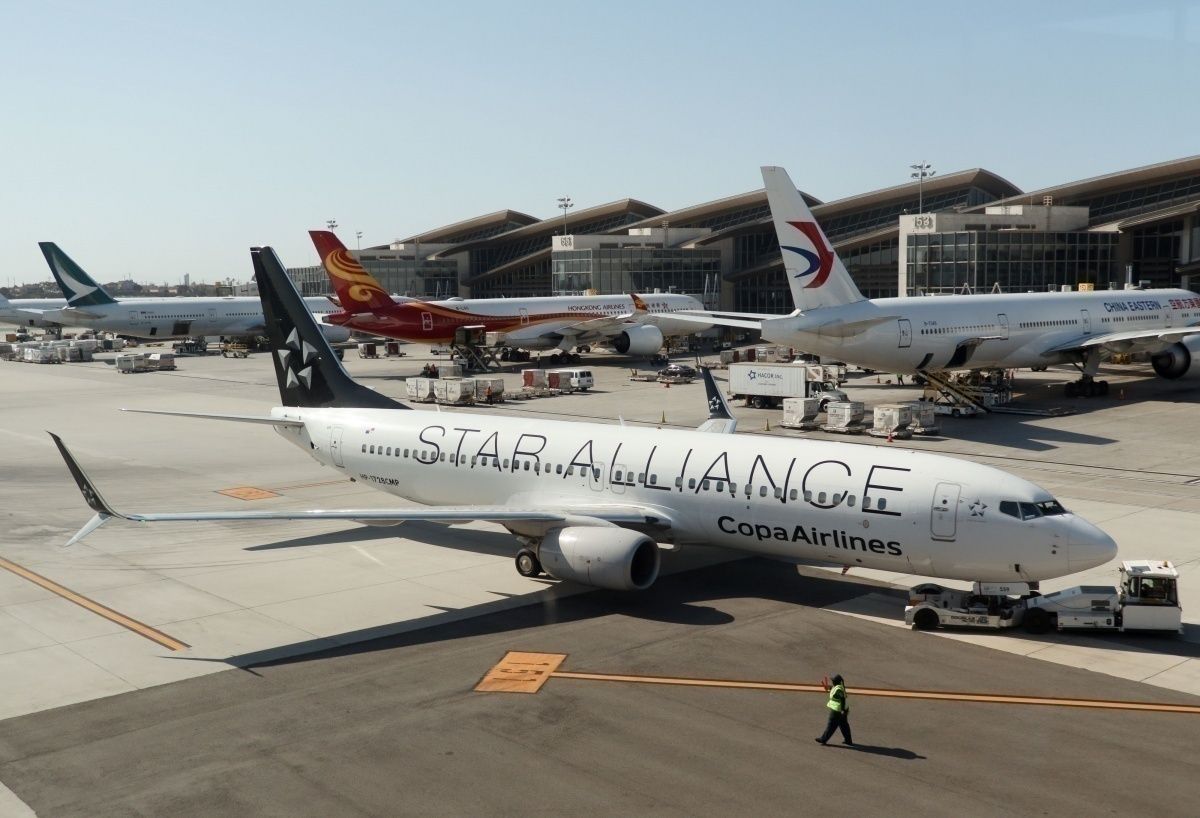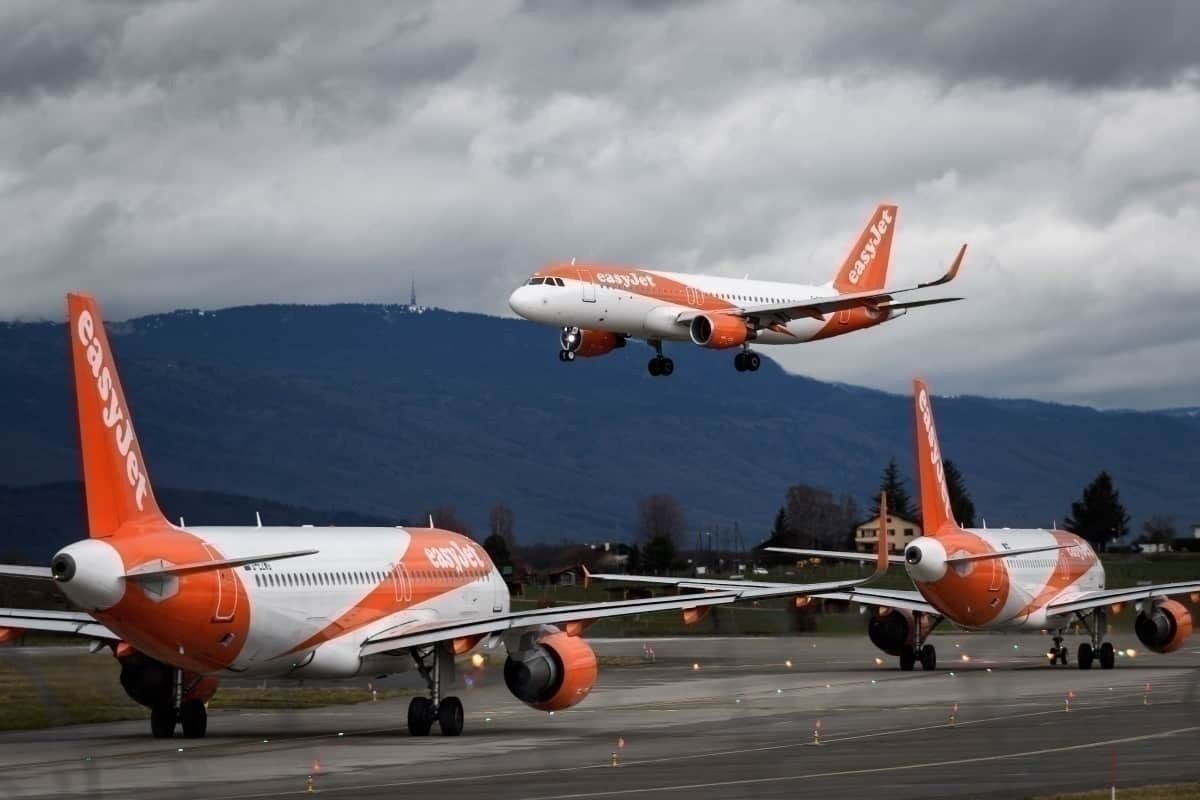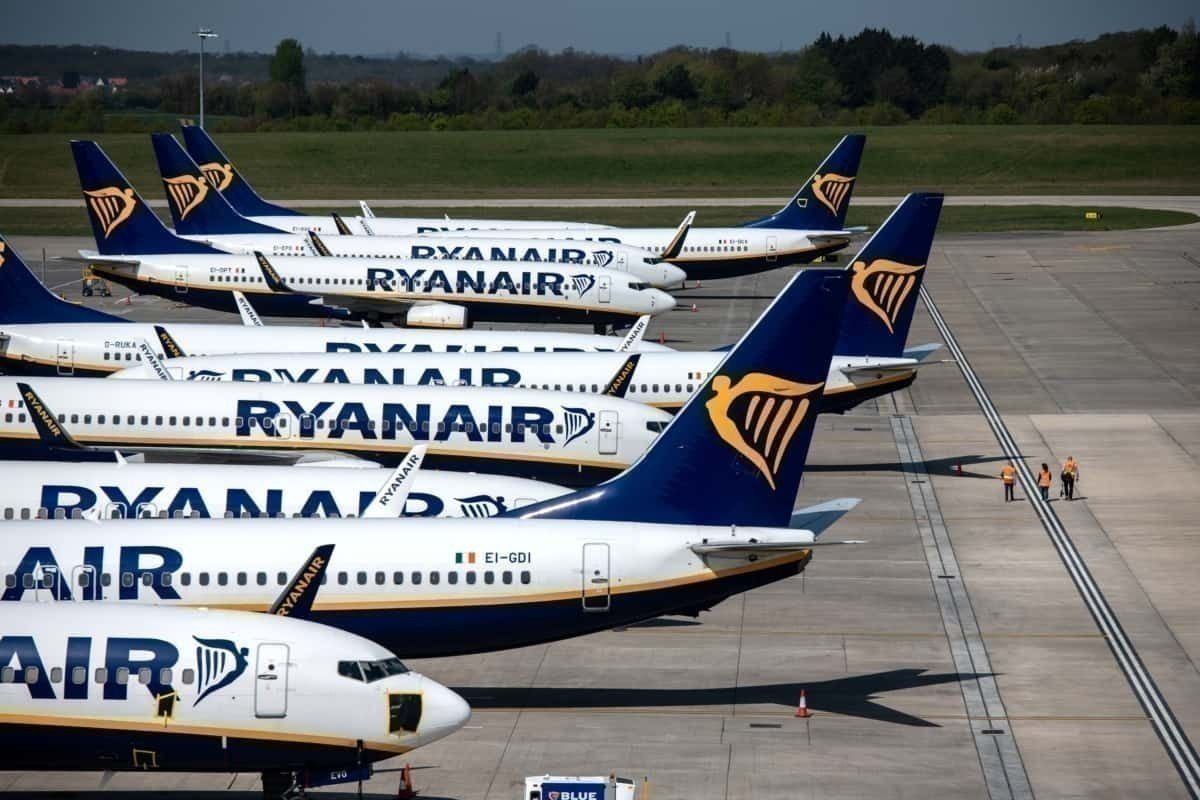Once the COVID-19 pandemic is contained, the airline industry will come roaring back, but it will not be in the form of business as usual. In the beginning, low prices will be used as an incentive in the hope that people who have been cooped up in their homes for the past two months will want to get away and have a summer vacation.
Before we get into why we think that the airlines will come roaring back once the coronavirus crisis has ended, we need to remember that some carriers were already in trouble before COVID-19 hit.
Airlines are asking for government bailouts
Monarch, Thomas Cook, and Flybe all went bust while airlines like Alitalia, Air India, and South African Airways continue to limp along thanks to government support.
That government support that poorly managed, overstaffed airlines rely on now has profitable carriers asking for bailouts because the coronavirus decimated their business. Under the pretext of too big to fail, just like the banks during the 2008 financial crisis, several airlines are turning to their national governments for aid.
Over the past ten years or so, the airline industry has been growing exponentiallywith many airlines retiring older planes for new, more fuel-efficient models, but what they have not been doing is saving cash for a rainy day.
As things stand, the big three American carriers are being bailed out while over in Europe Air-France-KLM, and Lufthansa is in talks to see how much money they can get from their respective governments. No doubt this money will come, but there will be strings attached.
Airlines will use COVID-19 as an excuse to fire staff
In the United Kingdom, things are slightly different, and in Virgin Atlantic's case, it isn't straightforward because it is 49% owned by Delta. British Airways, however, is in a much better state with the coronavirus being a short term pain that could lead to long term gains. One thing we can expect is that airlines will use the coronavirus as an excuse to layoff staff and concentrate on their more profitable routes.
Some airlines worldwide have already started flying to domestic and regional destinations, while in the United States, it appears to be almost business as usual. The problem airlines have in America is that people with common sense are staying put and not flying.
The same thing happened after 9/11 following the terrorist attack on the Twin Towers that brought air travel to a virtual standstill. The government, of course, stepped in to restore confidence, and passenger numbers increased.
Expect to see a U-shaped curve
This time, unlike the V-shaped curve following 9/11, it is more likely to be U-shaped as passengers gradually return to flying. Rather than trying to figure out how it would work, let's say that social distancing on planes is a non-starter.
Of course, we have heard how easyJet is thinking of leaving the middle seat empty and how other airlines have their plans for how they can get passengers to social distance. Ryanair boss Michael O'Leary hit the nail on the head when he told the Financial Times that in-flight social distancing rules were "idiotic."
Airlines realize that this is probably the most significant test they have ever had. With governments wanting to get businesses open (including airport shops) and people back to work, they will work hard to restore confidence.
In the first few weeks, when airlines start flying again, you can expect to see some rock-bottom prices to entice people to travel. The same will happen with hotels and resorts like Disneyland, who are desperate to restore confidence in the general public.
If you have been putting off that once in a lifetime trip, you may never have a better chance than now to save hundreds of dollars.
What do you think? Will airlines bounce back, or will it be a long process before people start flying again? Please let us know your thoughts in the comments section.



